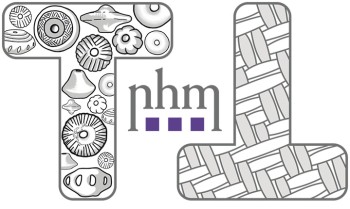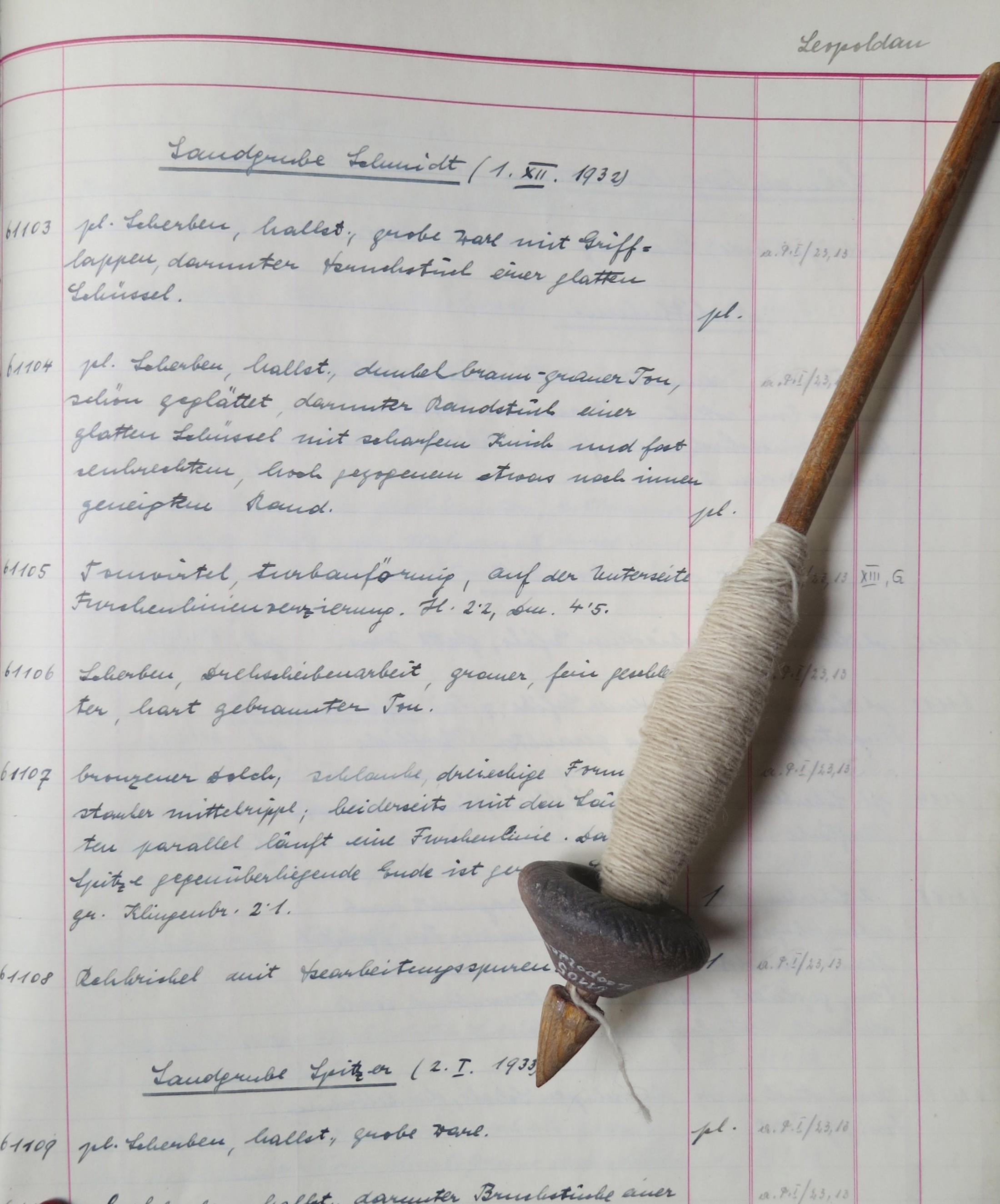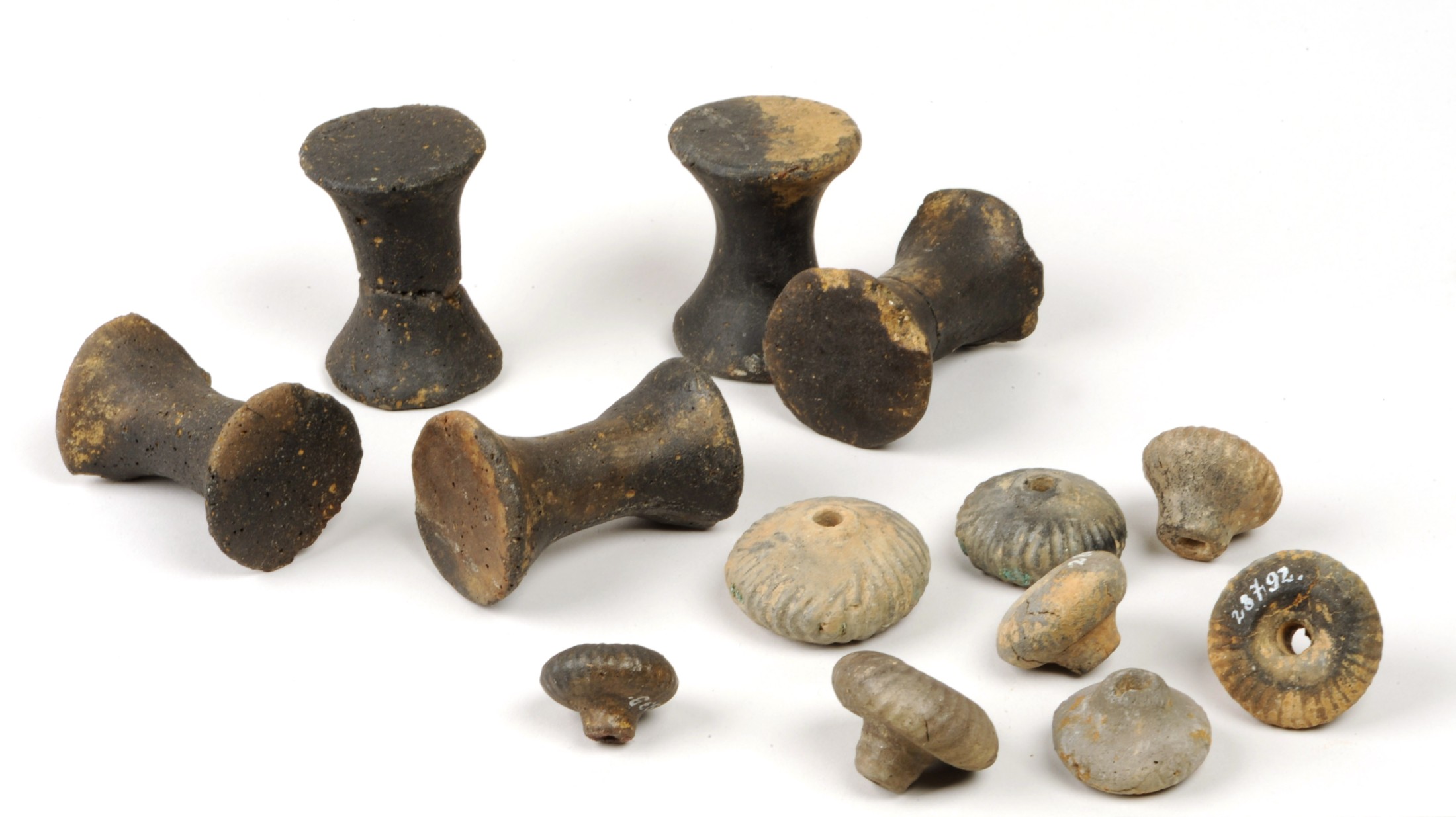Duration: 2018-2022
PI: Mag. Ingrid Schierer
Coordinator: Dr. Karina Grömer
Staff (Archive materials): Dipl.-HTL-Ing. Eduard Wexberg
Associated Staff:
Jana Stanicova MA (University Prague) as part of her PhD Thesis
Ronja Lau BA (Freie Universität Berlin) as part of her Master Thesis
Johanna Drefs (University Vienna)
Sylvia Budde-Manhart (University Vienna)
Cooperations:
Center for Textile Research, Kopenhagen: www.ctr.hum.ku.dk
University of Vienna, Department of Prehistory and Historical Archaeology (university course on Experimental Archaeology):
https://slw.univie.ac.at/
MAMUZ Museum Asparn an der Zaya: www.mamuz.at
Research object
Textile production has influenced economies, societies and technologies since the Neolithic period. It has been an important factor in human history since the earliest peasant cultures. Devices that can be assigned to the textile sector are mainly spinning whorls and weaving weights, but also sewing needles, needle bushes, combs, weaving swords, bobbins, cards and perforated platelets. At first sight many weaving weights look broadly the same – either perforated discs or perforated cones – but if you take a closer look it is possible to identify fine differences. The holes in particular reveal much about the weaving technique used and the design of the wooden weaving machine.Project goal
It has long been a goal of the Natural History Museum to complete a comprehensive analysis of the objects listed above. While needles and spinning whorls, for example, are given more attention, objects such as weaving weights are usually found in publications under "other finds". This lack of attention means little research has been carried out on how they were used as well as the areas and the periods in which they were employed. This project aims to remedy this situation and make data available for future research.Outlook
Once the project has been completed, the next step would be to combine the results of the study with data from Central, Northern and Southern Europe. The finds themselves, their relatively small-scale distribution within settlements and the work which has been carried out on mapping will make it possible to gain new insights once the data are available.The data are being collected in accordance with the guidelines of the Centre for Textile Research, Copenhagen.

(Grafik: M. Almstädter)

Inventarbucheintrag zu einem Spinnwirtel

Spinnwirtel und Spulen aus Bad Fischau, Eisenzeit

